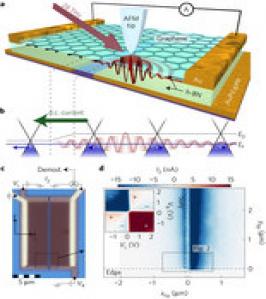Haydale's HCS secures £310,000 contract extension
 Haydale recently updated on the company's financial status, and has now announced that its wholly owned subsidiary, Haydale Composite Solutions, has won a 310,000 pounds ($403,000 USD) contract extension from National Grid.
Haydale recently updated on the company's financial status, and has now announced that its wholly owned subsidiary, Haydale Composite Solutions, has won a 310,000 pounds ($403,000 USD) contract extension from National Grid.
Haydale stated that the unit started designing and developing a lightweight composite gas transition piece, used to provide support and seal around steel gas transmission pipelines passing through walls. The company said that part of the contract was recognized in fiscal 2016, but that the majority of it is going to be recognized over the next 12 to 15 months.





